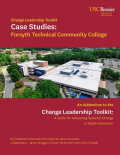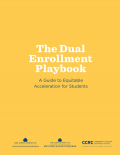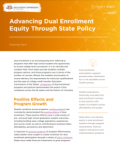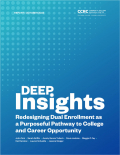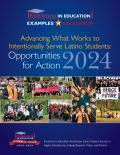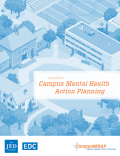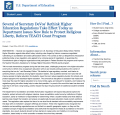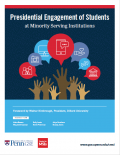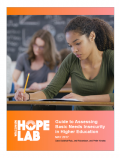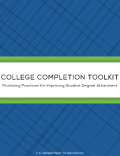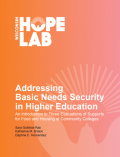Higher education includes a wide range of institutions providing study beyond the level of secondary education, such as colleges and universities, community colleges, and vocational and technical schools. Higher education administrators, prevention coordinators, and community members play an important role in addressing risk factors and promoting safe and supportive environments to maximize opportunities for student success and academic achievement.
NCSSLE resources are based on evidence-based approaches that promote positive behaviors and norms and include:
- environmental management through policy change
- intervention and treatment programs for students experiencing problems
- health promotion programs to support positive behaviors and student success
Areas to Explore
Stay Informed
NCSSLE releases a bi-monthly Higher Education e-Digest. Each e-Digest includes resources from the U.S. Department of Education (ED), the Substance Abuse and Mental Health Services Administration (SAMHSA) and partner agencies, examples of effective field practice, new NCSSLE resources, and relevant learning opportunities.

